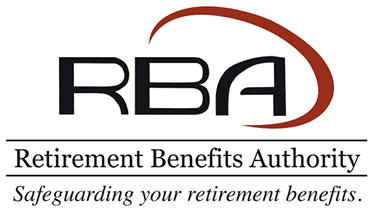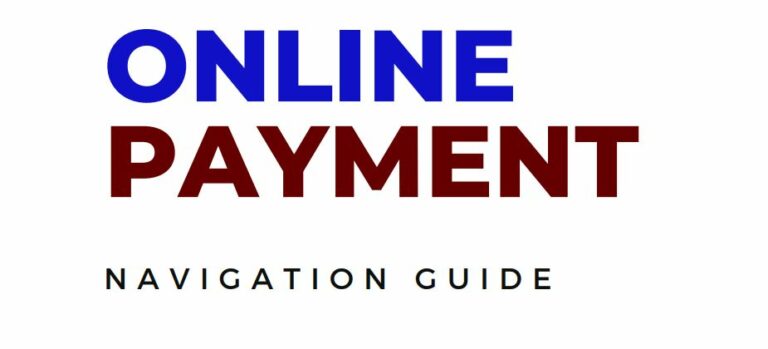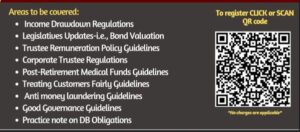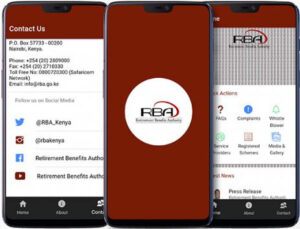The Retirement Benefits Authority has integrated its payment services with the government’s E-Citizen platform in support of the government’s move to digitize all citizen-facing services.
The payment services integrated with E-citizen include remittance of statutory penalties, levy payments, and renewal of licenses for fund managers, scheme administrators, and custodians. See the payment navigation guide here:
This drive emanates from the government’s philosophy of ‘Gava Mkononi,’ (Swahili for Government on your palm) aimed at making government services not only ubiquitous and pervasive but also as convenient as possible for the citizens.
“As part of this overarching initiative, the Retirement Benefits Authority (RBA), embraced this digital transformation by integrating its core IT system with the E-Citizen platform,” says Peter Ngunyi, RBA’s ICT Director.
RBA CEO Mr. Charles Machira said anchoring RBA payments on the E-Citizen platform has created a centralized and efficient financial ecosystem.
To facilitate a seamless integration process, RBA leveraged its robust IT infrastructure. The Single Sign-On (SSO) method was employed for free services, allowing users to log in once and access multiple services. For paid services, the integration involved the utilization of PesaFlow as a secure payment gateway, facilitating transactions through various payment methods.
The Authority has already trained pension scheme administrators, fund managers, and custodians on how to use the system. The training sessions were conducted from February 19 2024 to February 20, 2024, in Nairobi.
Other RBA Services on E-Citizen Platform
Other free RBA services now available on the E-Citizen platform include the complaints portal, whistleblower portal, procurement portal, and recruitment portal.
Objectives of the Integration:
The integration aimed at achieving the following objectives:
- Single Point of Access: The creation of a centralized platform for all government services streamlines accessibility for citizens, providing a one-stop-shop for their needs.
- Eliminating Bias: By digitizing services, the government sought to eliminate biased service delivery inherent in human interactions, ensuring fairness and equal access to all citizens.
- Enhanced Revenue Collection: The integration aimed to seal revenue leakages and loopholes, contributing to improved revenue collection for the government.
- Citizen Empowerment: Increasing digital literacy among citizens was a crucial goal, empowering them to navigate and utilize digital services effectively.
- Efficiency and Inclusivity: The integration was designed to enhance efficiency and inclusivity in service delivery, catering to a broader spectrum of the population.
- Eliminating Inefficiency, Corruption, Wastage, and Discrimination: By going digital, the government aimed to eliminate inefficiencies, corruption, wastage, and discrimination, fostering a more transparent and accountable system.
- Government Oversight: Ensuring a full view of the performance and productivity of government entities was a pivotal aspect of the integration.
How the journey began
The integration process began with the identification of client-facing services, presenting agencies with two options: automation of manual processes for those without existing systems or direct integration with the E-Citizen platform for those with established systems.
Given RBA’s substantial investment in IT systems and possessing reliable, versatile, and sophisticated infrastructure, the Authority opted for direct integration. This decision aligned with the overarching objective of creating a seamless and efficient digital experience for citizens.
See the payment navigation guide here: and access the portal here.







